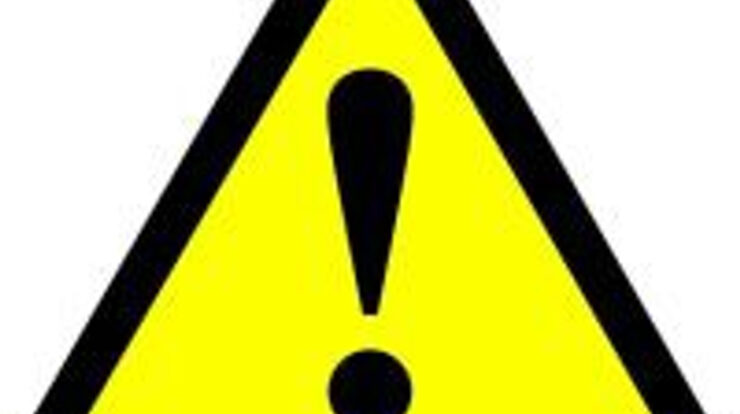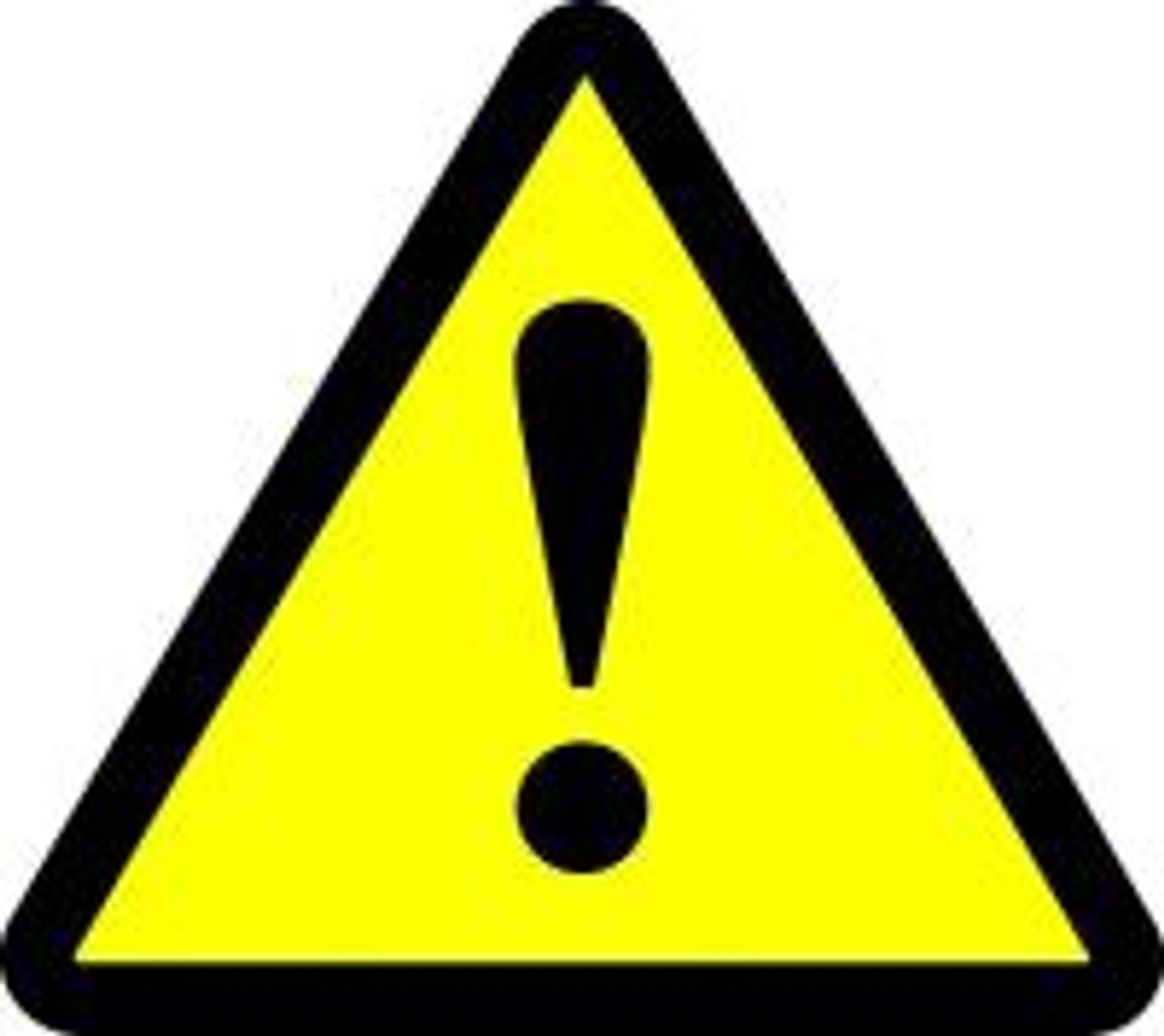
Is watch or warning worse – When it comes to severe weather, knowing the difference between a watch and a warning can be crucial. A watch means that conditions are favorable for a storm to develop, while a warning means that a storm is imminent or already occurring.
So, which is worse, a watch or a warning? Let’s dive in and find out.
If you’re looking to tune into the latest news, you can catch the ION channel. And speaking of news, the White House Correspondents’ Dinner is just around the corner, so mark your calendars.
When a watch is issued, it’s time to be aware and monitor the situation. A warning, on the other hand, means it’s time to take action and seek shelter immediately. Ignoring a warning can have severe consequences, including injury or even death.
Movie buffs, get ready for the highly anticipated film, Oppenheimer . Find out where and how you can catch this cinematic masterpiece.
Severity Comparison

Watches and warnings are two terms used to describe different levels of severity when it comes to weather events. A watch means that conditions are favorable for a certain type of weather to occur, while a warning means that the weather event is either occurring or is imminent.
Watches are typically issued when there is a potential for severe weather, but the exact timing and location of the event is uncertain. Warnings, on the other hand, are issued when the severe weather is either occurring or is expected to occur within the next few hours.
It is important to note that watches and warnings are not the same as forecasts. A forecast is a prediction of what the weather will be like at a certain time and place, while a watch or warning is issued when there is a potential for hazardous weather.
Potential Consequences of Not Heeding a Watch or Warning, Is watch or warning worse
- Injury or death
- Property damage
- Economic losses
Issuing Authority
Watches and warnings are typically issued by government agencies, such as the National Weather Service in the United States. These agencies use a variety of tools to monitor weather conditions, including radar, satellites, and weather stations.
The criteria used to issue a watch or warning vary depending on the type of weather event. For example, a tornado watch is issued when conditions are favorable for tornadoes to develop, while a tornado warning is issued when a tornado has been spotted or is indicated by radar.
There is often coordination between different agencies when it comes to issuing watches and warnings. For example, the National Weather Service works with local emergency management agencies to ensure that the public is aware of potential weather hazards.
In case of severe weather, it’s important to know the difference between a watch and a warning ( is watch or warning worse ). Stay informed and be prepared.
Public Response

The public is expected to take action when a watch or warning is issued. This may include taking shelter, evacuating the area, or taking other precautions to protect themselves and their property.
It is important to be aware of the different types of watches and warnings that can be issued for your area. This will help you to make informed decisions about how to respond to these events.
And finally, don’t miss out on your favorite shows on ION . Check out their schedule to see what’s on tonight.
Tips for Staying Informed and Taking Appropriate Actions During a Watch or Warning
- Have a plan in place for what you will do if a watch or warning is issued.
- Stay informed about the weather forecast for your area.
- Listen to local news and weather reports.
- Follow the instructions of local emergency management officials.
Impact on Daily Life
Watches and warnings can have a significant impact on daily life. For example, a tornado warning may force people to evacuate their homes and businesses. A flood warning may close roads and make it difficult to get around.
It is important to be prepared for the potential impacts of watches and warnings. This may include having an emergency plan in place, having a supply of food and water on hand, and having a way to communicate with family and friends.
Examples of How Watches and Warnings Have Affected Daily Routines in the Past
- In 2017, Hurricane Harvey caused widespread flooding in Texas, forcing thousands of people to evacuate their homes.
- In 2018, the Camp Fire in California destroyed thousands of homes and businesses, forcing tens of thousands of people to evacuate.
- In 2019, a tornado outbreak in Alabama killed 23 people and injured hundreds more.
Final Thoughts

Ultimately, both watches and warnings are essential tools for staying safe during severe weather. By understanding the difference between the two and taking appropriate actions, you can help protect yourself and your loved ones.
FAQ Guide: Is Watch Or Warning Worse
What should I do if I hear a watch?
Stay informed about the weather forecast and be prepared to take action if a warning is issued.
What should I do if I hear a warning?
Take shelter immediately in a sturdy building. Stay away from windows and doors.
What’s the difference between a tornado watch and a tornado warning?
A tornado watch means that conditions are favorable for tornadoes to develop. A tornado warning means that a tornado has been spotted or is indicated by radar.





